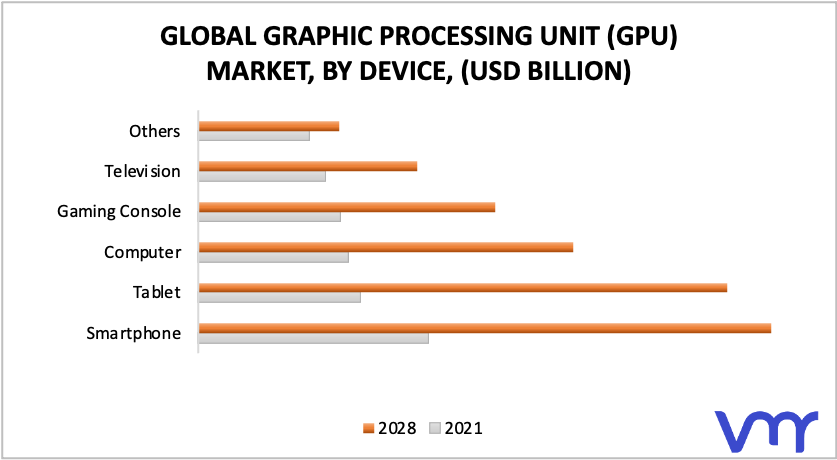Grasping GPU Storage: Video RAM and The Role
GPUs, commonly known as graphics processors, have turned into a vital part in modern computing, going beyond their initial role of rendering images for video games. Nowadays, they perform a significant role in a multitude of applications, including artificial intelligence and ML to research forecasting and cryptocurrency mining. Grasping the fundamentals of GPUs, especially their storage known as VRAM, is critical to appreciating their performance capabilities in the ever-evolving tech landscape.
While the GPU market continues to expand, driven by advancements in gaming, professional graphics, and data processing, both consumers and businesses must consider numerous options. This article will explore what a GPU is, its design, and the role of VRAM in enhancing its functionality. By gathering insight into these components, we can gain a deeper understanding of their influence on performance and their essential role in forming the upcoming technology.
What is VRAM?
Video Random Access Memory, refers to a kind of storage specifically designed for holding visual information that a PC's GPU needs to process and render graphics. Unlike regular RAM, VRAM is tailored for managing large amounts of visual data, allowing for faster creation of graphics and more fluid performance in graphic-intensive programs. This dedicated memory is crucial for video games, video editing, and 3D rendering tasks, where elevated frame rates and rapid access to visual information are critical.
How much VRAM a GPU has can greatly influence its capabilities. Increased VRAM capacities allow for more complex textures, higher resolutions, and the ability to run resource-intensive applications without interruption. As the GPU market progresses, manufacturers continue to boost VRAM sizes to meet the growing requirements of new games and applications that demand detailed graphics and greater computational power.
In addition to capacity, the speed of VRAM plays a crucial role in how rapidly the GPU can access the information it requires. Faster VRAM technologies, such as GDDR6 or High Bandwidth Memory, offer superior performance in relation to older types. This advancement in VRAM technology affects directly the overall effectiveness and capability of GPUs in the GPU market, rendering them more appropriate for contemporary gaming and high-level graphic work.
The Value of VRAM in Gaming and Graphics Rendering
Video memory is a distinct type of memory used by the GPU to keep textures, and other data that need to be rapidly accessed while rendering graphics. In gaming and rendering applications, having adequate VRAM is crucial. As games become more sophisticated and graphics demand higher resolutions and more intricate textures, the need for a higher volume of VRAM rises. This allows for more seamless performance, faster loading times, and the ability to maintain high FPS without jerkiness or lag.

When creating complex scenes, whether in video games or industry applications like three-dimensional modeling and animating, VRAM acts as a cushion between the Graphics Processing Unit and the visual data. This ensures that the GPU can access the required resources promptly, allowing for real-time rendering of high-quality visuals. Inadequate VRAM can lead to slowdowns, where the GPU spends extra time trying to load data from slower system memory, ultimately impacting the user experience. As a outcome, for both gamers and professionals, investing in GPUs with adequate VRAM can boost productivity and experience.
The GPU market has reacted to these requirements, with manufacturers offering a selection of products featuring varying amounts of VRAM suited for different applications. Enthusiasts seeking to play the most recent games at maximum settings or industry experts rendering intricate visuals will benefit from GPUs with increased VRAM. In comparison, casual gamers or occasional users might find adequate performance with fewer, showing that understanding VRAM’s function can help consumers make well-informed decisions in a competitive market.
Current Trends in the Graphics Processing Unit Market
The GPU market has witnessed remarkable growth in recent years, driven by rising demands from both gaming and professional sectors. Gaming continues to be a major factor, with progress in visual technology pushing the need for more powerful GPUs. gpuprices.ai and game streaming have also added to this trend, as players seek competitive advantages through superior graphics capabilities. As consumers invest more in gaming setups, manufacturers are adapting with more robust and efficient models.
AI and ML applications have surfaced as a significant driver of GPU development. Companies are more and more utilizing GPUs for tasks outside of traditional gaming, such as deep learning and data analysis. This trend has resulted in the rise of specialized GPUs optimized specifically for AI workloads, further expanding the market's reach. As businesses look for ways to improve performance in data-intensive applications, the demand for high-performance GPUs in various industries is on the rise.
Sustainability is becoming an integral focus within the GPU market as well. Manufacturers are now prioritizing energy efficiency and sustainable practices in their manufacturing processes. As consumers become more conscious of their environmental footprint, there is a increased interest in products that offer superior performance while minimizing energy consumption. This trend is guiding companies to innovate technologies that not only improve GPU performance but also meet sustainability objectives.